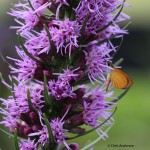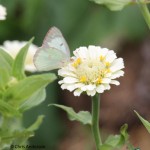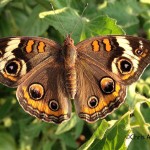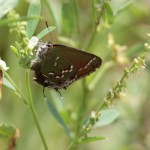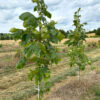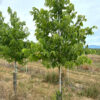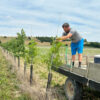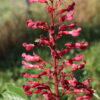In July at the White House Farm we held a butterfly count where we strolled through the garden, visited areas of native landscaping and walked along the paths in the 52 acre riparian buffer next to the Shenandoah River. This is our sixth year participating in the North American Butterfly Association (NABA) regional count in which volunteers, on a designated summer day, visit multiple sites across the Shenandoah Valley to survey and record numbers and types of butterflies seen.
Below are photos of a few of the species we saw in the count held July 13, 2014.
- Least Skipper
- Clouded Sulphur
- Buckeye
- Juniper (Olive) Hairstreak
The 80+ native tree species in the White House Natives nursery is helping support our hard-working and essential pollinators by providing host leaves for butterfly larvae. Birds feed on the caterpillars, which keep their populations low enough that they do not normally damage the young trees.
Many native Lepidoptera (butterflies) have only a few hosts meaning the newly hatched larvae can only eat these certain native species. Some trees like the tulip poplar support 19 different natives and paw paws provides food for 12 species. This is impressive but other trees serve as hosts to more than 100 species and the oaks win the prize for diversity in supporting 518 native Lepidoptera species! Below is a list of native trees and the butterflies they support based on the research of Dr. Douglas Tallamy.
[table id=3 /]
Chart info from http://udel.edu/~dtallamy/host/index.html
Chris Anderson, Executive Director
Note: More info on the butterfly count can be found here


